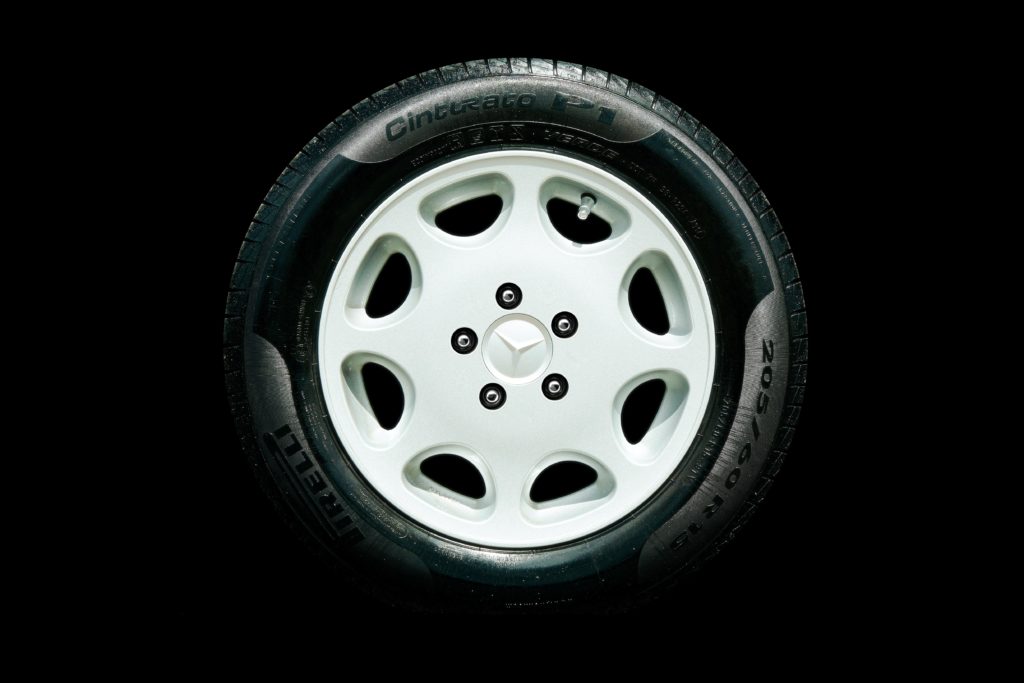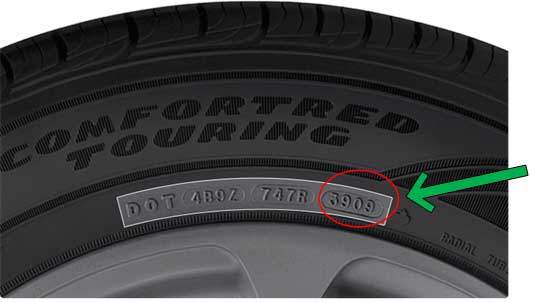

Let’s be honest for four minutes. How many of you know how to check or inspect the health of your tyres? Or do you just depend on your partner or your mechanic to do the checks and evaluations for you? This question isn’t just for car owners, by the way. If you have short-term goals for owning and driving your own vehicle, this applies to you as well.
For those of us who aren’t knowledgeable, just checking for a deflated tyre does not even scratch the surface. There’s so much more to it than that. Let’s educate ourselves and be proactive rather than reactive.
The best way to properly evaluate the health of your tyres is to have them checked by a tyre professional. However, before you get to that point, it’s good to know what you can do by your own visual inspection
VISUALLY INSPECT YOUR TYRES IN THREE WAYS
These checks are done to ensure optimal tyre performance as well as to ensure the safety of all vehicle occupants
- Check the tread depth
- Check the tyre pressure
- Check the tyre’s condition as well as the age of the tyre
Checking tread depth:
Firstly, the tread is known as the part of the tyre that directly touches the road surface. Evaluating the tread depth on your tyres is important as it determines what level of traction you will have while driving on the road. One way to easily check is to do the ‘penny test’. However, for localised Jamaican context, we could, perhaps, call it the ‘dollar test’. To execute, place the coin upside down so the head points down into the tread of the tyre. If you can see the top of head, that’s an indication that you may need to have your tyres professionally checked for possible replacement. If you cannot see the top of the head, it suggests that the tread is fine and has not been worn too low.

Checking tyre pressure:
Using a tyre pressure gauge to check that your tyres are properly inflated and then fill your tyre with air as needed.
To check your tyre pressure using the gauge,, do the following:
- Remove the valve stem cap and press the gauge head evenly onto the valve stem
- Use firm pressure so that the hissing sound stops
- Remove the gauge and read the pressure
- Compare this to your vehicle’s recommended inflation pressure
The recommended inflation pressure for your tyre may be found in the vehicle’s user manual.In some cars, you may find that information on the sticker inside the door on the driver’s side.

Checking tyre condition and age:
Your tyres’ tread may last for about four years depending on how much you drive. However, just because the tread is not worn out does not mean that your tires don’t need to be replaced. They may be old and as such would require replacement. Ideally, your tyres should be replaced no more than ten years after the date of manufacture/age.
To determine the age of your tyres, check the Department of Transportation (DOT) designation or stamping on the sidewall (the vertical surface of rubber above the wheel).
The DOT indicates a tyre code which is a series of seven to 13 letters and numbers printed on the sidewall of a tyre. It provides information on the tyre’s place of manufacture, as well as its type and age.

At the end of the DOT stamping, you should see a four-digit number which indicates the week and year of manufacture. For example, 3222 would tell you that the tyres were manufactured in the 32nd week of 2022. The other markings on the tyre highlights the size code, place of manufacture, and a product code.
Apart from checking the manufacture date, you should check the general condition of your tyres. Be on the lookout for any punctures, bulges, scrapes, or bumps on every part of the tyre (especially the sidewall). If you notice anything suspicious on the tyres, have them checked by a professional as soon as possible.
This is the first article in the weekly series, ‘Car Care Tips’ where we will highlight various aspects of a car, how to provide care and maintenance for optimal performance while ensuring safety. This series may feature your favourite mechanic or others from the motor vehicle industry.
Send feedback to [email protected]







Comments